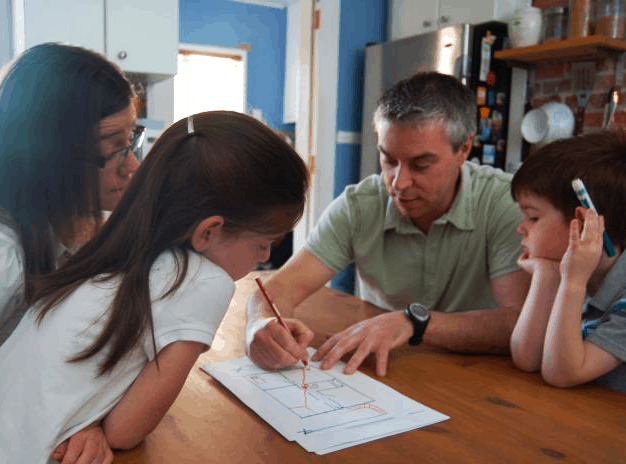A Plan for everyone
Take into account all of your household members including staff and pets, and discuss the plan with them. Because you might not have much time to evacuate, it is crucial to have a plan in place to get your family out of danger quickly and efficiently. Follow the family disaster plan for guidelines:
Before an Evacuation
1) Determine which type of natural disasters you need to prepare for; Hurricane? Wildfire? Tornado? Flood?
2) Identify responsibilities for each member of your household (according to their ages) and how you will work together as a team. Examples of tasks can be the following:
- Shut down water, gas, & electric
- Close up the house and secure storms shutters or fire doors
- Secure & transport pets
- Check social media for updates
3) Create a contact list (hard copy & electronic) to be shared with each of your household members and staff.
4) Designate an out-of-area contact in case of separation.
5) Find the quickest and safest escape routes in your home.
6) Choose a meeting place that you are familiar with, close to home and easily accessible for everyone.
7) Keep at least a half-tank of gas in your car at all times in case you have to evacuate.
8) If you do not have a car, plan how you will leave by communicating with friends, family, or your local government.
9) Prepare emergency kits well ahead (if possible). Kits should include:
- Three gallons of water per person
- Cash stored in waterproof bag
- Homeowners policy (electronic or hard copy)
- Flashlight & batteries
- First aid kit
- Cellphone, laptop, & chargers
During an Evacuation
1) Leave early, follow highlighted routes, and stay together.
2) Listen to national TV and radio stations for updates as you leave.
3) Be alert for fallen trees, power lines, etc.
4) Remain calm.
After an Evacuation
1) Continue listening to national TV and radio stations.
2) Do not return home until authorities have declared it is safe to do so.
3) Plan for items that may need to be replaced.
You may not be able to keep disasters from happening, but you can prepare for them. Being mentally and physically prepared may help minimize the feeling of panic and enable you to keep your family calm and safe. In turn, your children can also learn how to properly evacuate at a young age in case of any emergencies.
To learn more about protecting your family with a free insurance evaluation, contact Rachel Good at (412) 754-3165 or [email protected].

Sources:
Family Evacuation Plan – Habitat Ready: Disaster preparedness for homeowners
Family Disaster Plan – American Red Cross
Please note that the information contained in this posting is designed to provide authoritative and accurate information, in regard to the subject matter covered. However, it is not provided as legal or tax advice and no representation is made as to the sufficiency for your specific company’s needs. This post should be reviewed by your legal counsel or tax consultant before use.


